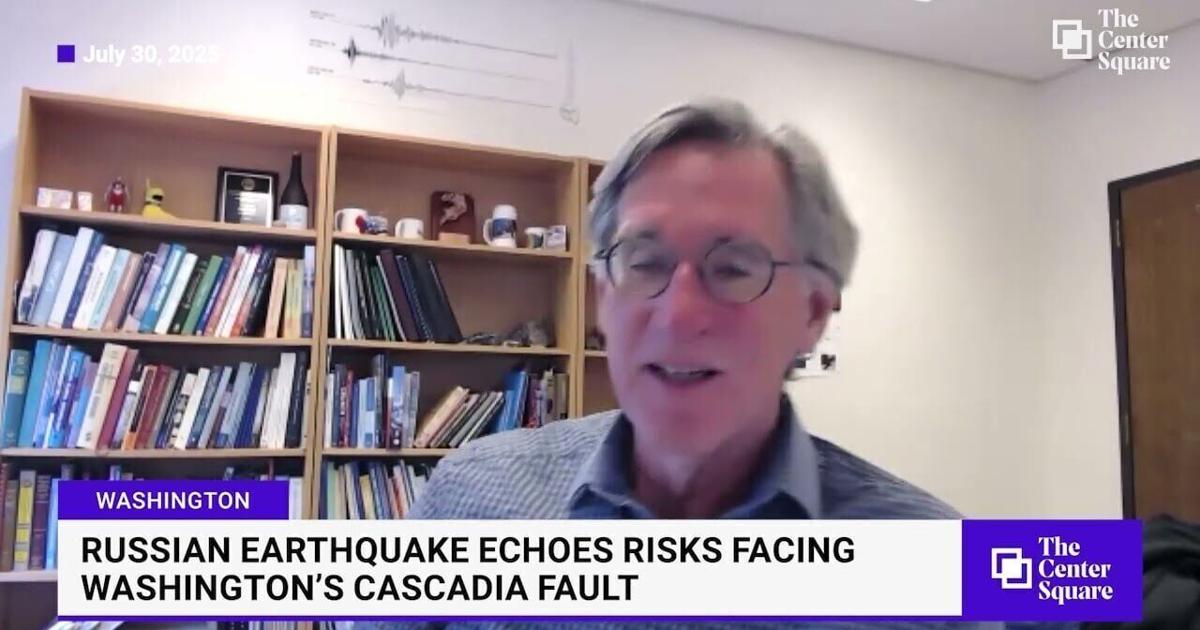A recent powerful earthquake near Russia’s Far East coast, though distant, has served as a critical reminder of the significant seismic risks facing Washington state, particularly concerning its preparedness for a major temblor and potential tsunami.
Washington State Seismologist Harold Tobin, a leading expert from the Pacific Northwest Seismic Network, highlighted the stark similarities between the fault responsible for the recent Russian quake and the infamous Cascadia Subduction Zone fault located just off Washington’s coast. This geological parallel underscores the urgent need for ongoing readiness.
Historically, the Cascadia region has experienced immense megathrust earthquakes, with the last major event occurring over three centuries ago. Geological records indicate a recurring pattern of such devastating seismic activity, typically with return intervals ranging from 400 to 600 years, emphasizing the inevitability of future large-scale events.
Tobin emphasized the potential for crucial early warning times in the event of a Cascadia quake, especially for densely populated areas like Seattle. Depending on the earthquake’s origin point along the lengthy fault, residents could receive over a minute’s advance notice, providing precious moments to take protective action.
Regarding tsunami threats, Tobin issued a clear directive: immediate action is paramount for those near the coast. He stressed that individuals feeling a strong earthquake should instinctively move to higher ground without waiting for official tsunami warnings, as every second counts in such critical situations.
For coastal communities and urban areas prone to inundation, understanding “on-foot” evacuation routes is vital. Tobin cautioned against relying solely on vehicle evacuation, which could lead to gridlock, advocating for pre-planned walking routes, especially in areas where high ground is not immediately accessible.
The discussion also touched upon the necessity of investing in robust vertical evacuation structures, citing the pioneering example in Tokeland, Washington. Such structures offer a critical refuge in areas where traditional on-foot evacuation to natural high ground is impractical or time-consuming, enhancing overall community resilience.
Despite the recent distant earthquake not causing significant local damage, Tobin urged against complacency. He affirmed that the warning systems functioned effectively, and the event served as a crucial real-world test, reinforcing the importance of continuous vigilance and preparedness measures for future seismic events.
Furthermore, the seismologist addressed concerns over the nearly 1,000 minor earthquakes observed beneath Mount Rainier since early July, underscoring the dynamic geological activity within the state and reinforcing the ongoing need for advanced seismic monitoring and public awareness regarding natural hazards.






Leave a Reply